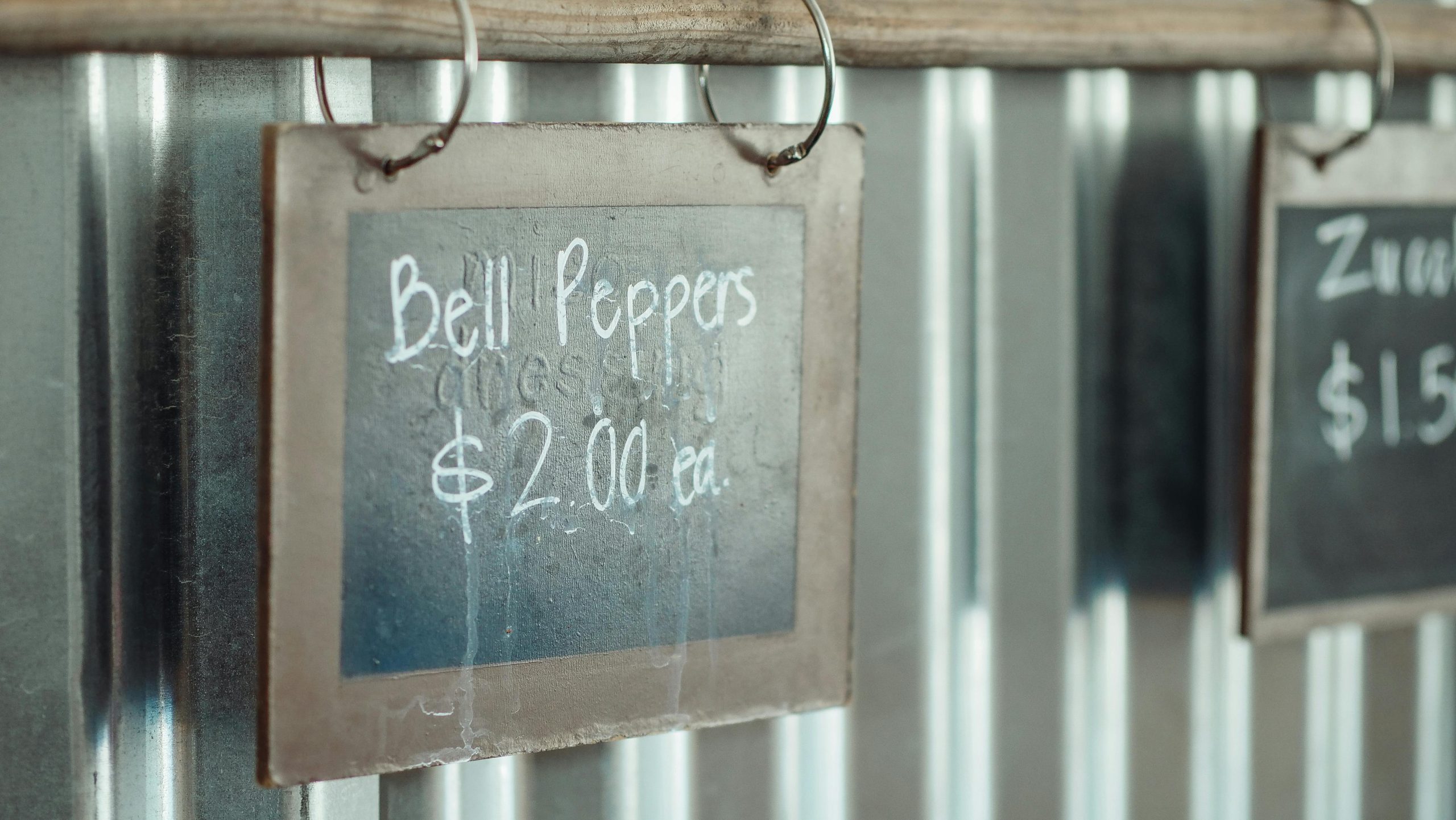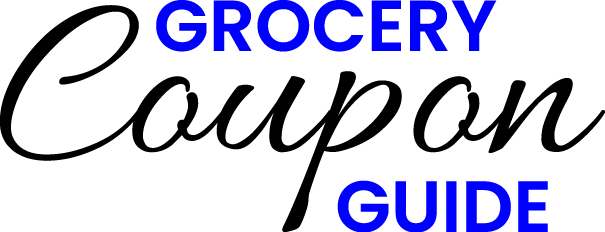When you look at a pricing display in a grocery store, you are seeing a carefully crafted piece of marketing designed to make you spend more. The store’s goal is to present the price in a way that feels like a great deal, even when it is not. They use a variety of psychological tricks on their shelf tags and sale signs that most shoppers never consciously notice. By learning to decode these subtle manipulations, you can see past the illusion and make smarter, more budget-friendly decisions.

Image Source: pexels.com
The Psychology of the “.99” Ending
The most common pricing trick is ending a price in “.99.” Our brains are conditioned to read from left to right, so we anchor on the first digit we see. A price of $4.99 feels psychologically closer to four dollars than it does to five dollars, a phenomenon known as the “left-digit effect.” Stores use this simple trick on thousands of items to make their prices seem lower than they are.
The “Price Anchoring” of a “Was” Price
Sale signs often prominently feature a much higher “was” or “regular” price right next to the new, lower “sale” price. This is a technique called price anchoring. The high original price becomes the anchor, making the sale price seem like a massive and urgent discount in comparison, even if the “regular” price was artificially inflated to begin with.
The Confusion of Inconsistent Unit Pricing
The unit price on a shelf tag is supposed to be the great equalizer, allowing you to compare the cost of different-sized items. However, stores often make this intentionally confusing. They will display the unit price for one brand “per ounce” and a competing brand “per quart.” This makes a quick, direct comparison of value nearly impossible, so most shoppers just give up and grab the more familiar brand.
The Urgency of Red and Yellow Signs
Grocery stores overwhelmingly use the colors red and yellow on their sale signs for a specific psychological reason. These colors are known to grab our attention and create a sense of excitement and urgency. When we see a bright red sale tag, our brain gets a small jolt of adrenaline that can trigger impulse buying behavior, encouraging us to grab the “deal” before it is gone.
The Small Print on a BOGO Deal
The pricing display for a “Buy One, Get One” deal often has some very important fine print. A “BOGO Free” deal is a true 50% savings. However, a “BOGO 50% Off” deal, which is much more common, is only a 25% savings. The large “BOGO” lettering on the sign tricks your brain into thinking you are getting a better deal than you actually are.
Decoding the Display
A pricing display is not a neutral source of information; it is an active piece of advertising. It is designed to frame a price in the most appealing way possible to encourage a purchase. By training yourself to ignore the flashy colors and psychological tricks, you can focus on the only number that truly matters: the unit price. This allows you to make decisions based on real value, not on the store’s carefully crafted illusion of it.
Which of these pricing tricks do you think is the most effective? Have you ever noticed these subtle manipulations while shopping? Share your observations!
Read More
8 Products That Were Moved to Different Aisles to Trick You Into Buying
7 Items Supermarkets Put at Eye Level to Trick You Into Buying
